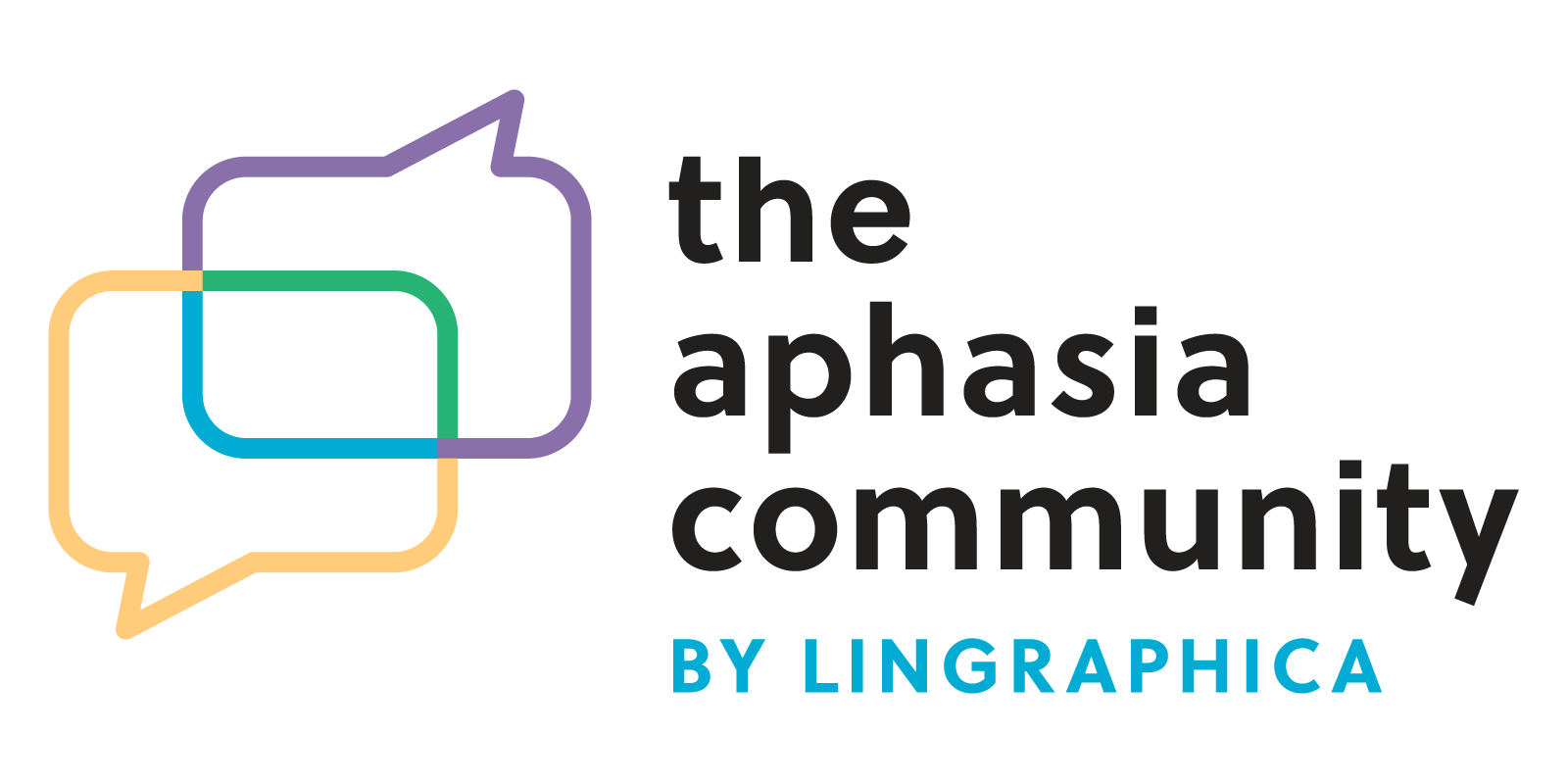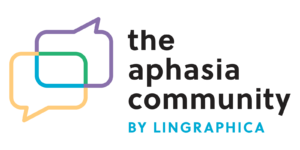Oral Reading for Language in Aphasia (ORLA)
Oral Reading for Language in Aphasia (ORLA) is a reading treatment for people with aphasia. It focuses on reading full sentences rather than single words. The goal of using sentences instead of single words is to improve the reader’s intonation and prosody.
Prosody is the rhythm of speech – the natural ups and downs that people without aphasia use without thinking about it. However, many people with aphasia experience dysprosody, meaning that their speech sounds monotone and lacking rhythm. ORLA addresses this concern as well as reading abilities at the same time. ORLA might also have some benefit for comprehension and writing.
When practicing ORLA, the person with aphasia and the speech-language pathologist (SLP) read sentences out loud together. The SLP will first read the sentence alone as a model. Then, the SLP and person with aphasia will read the sentence together. The SLP can point to individual words as they read the sentence. The sentences are repeated multiple times. The person with aphasia then reads the sentences independently, if they can.
Different levels are available depending on the person’s ability levels. The sentences become more complex as the treatment proceeds. At first, the reading will be single sentences. As the person with aphasia makes progress and moves through the levels, they can progress to reading paragraphs.
Although ORLA is a specific therapy tool, the techniques can be used with any text. For instance, an SLP can select a news article or any text about a topic of interest. They can use the techniques described to read the text together.
ORLA can be done with an SLP, and there is also a computer version that is available for home practice. ORLA is usually used with people with basic reading abilities who want to make improvements in their reading, speech and prosody. It is usually used by people with nonfluent aphasia, such as Broca’s aphasia. ORLA may be too advanced for people who have severe comprehension or reading impairments.

